It is good news that Tang Chenghua is going to open his solo show, titled ‘Watching’ on 27th Sept. 2020 at Qiandu Changjiang Art Museum in Taiyuan, China. The exhibition will be open to the public until 5th Jan. 2021.
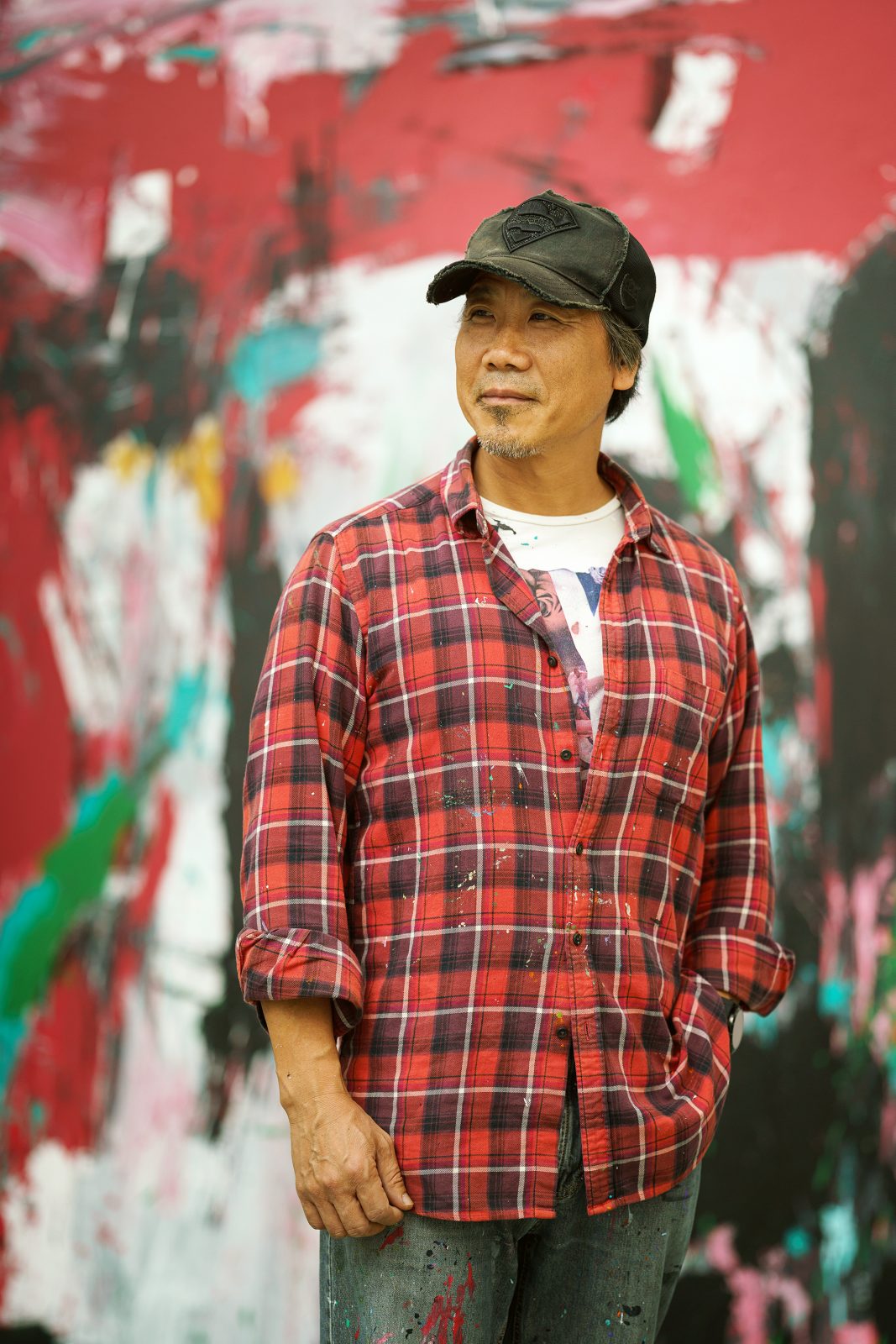
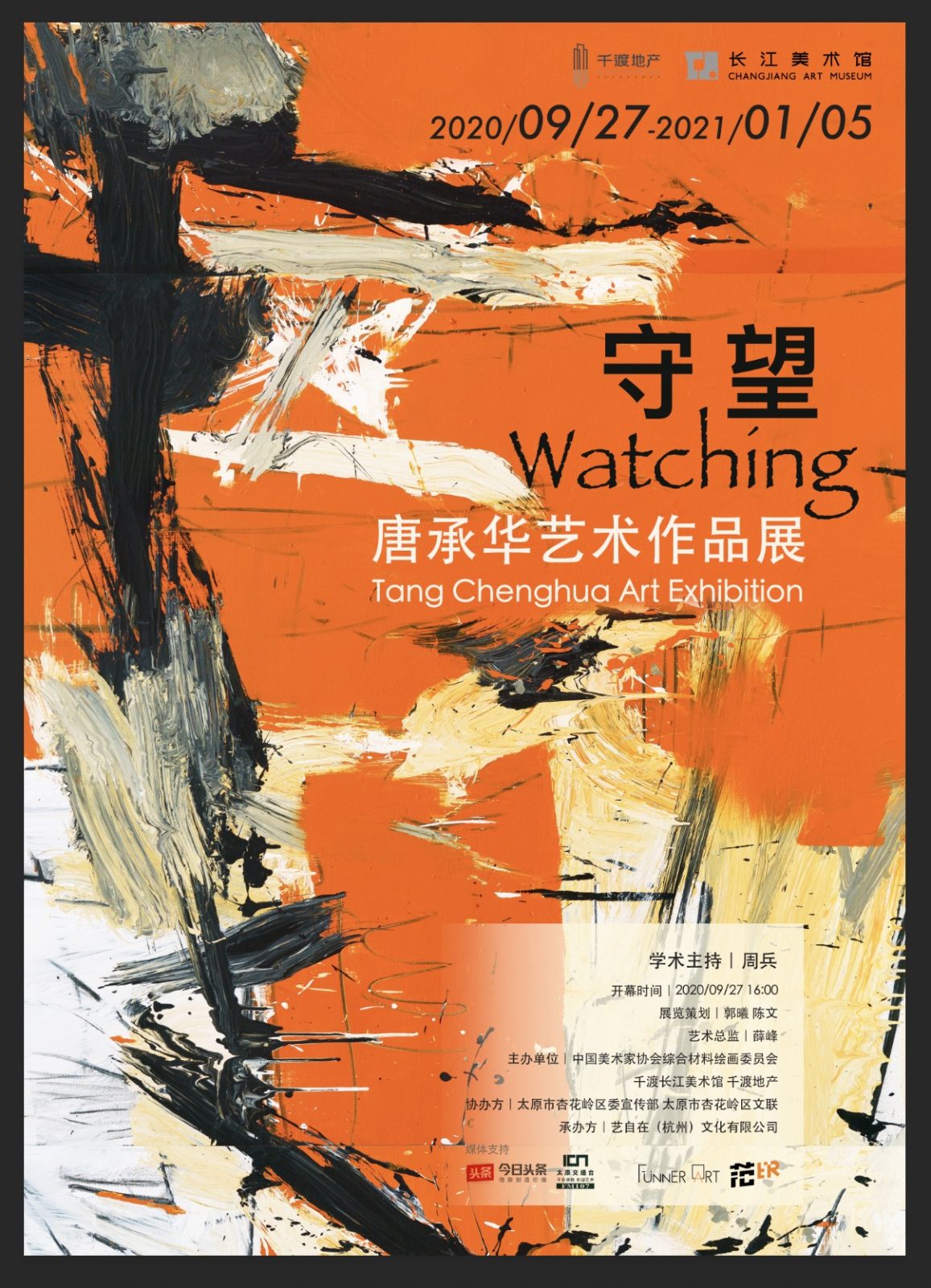
As we know how difficult it is for artists and art exhibitions this year. Tang said: “Due to the epidemic, my many schedules in this year, such as sketching, exhibitions and other activities have been forced to cancel. Recently, I haven’t done much painting but reading, exercising and resting. During quarantine, I did in-depth thinking of art and life, especially the revaluation of life.”
 ‘Blossoming Apricot Tree II’, Acrylic on Canvas, 105cm x 690cm, 2020
‘Blossoming Apricot Tree II’, Acrylic on Canvas, 105cm x 690cm, 2020
The exhibition title “Watching” is Tang’s reflection on the present situation in our world. When humans are facing the unknown virus which is causing a worldwide disaster. The kind nature of “watching and helping each other” has naturally become common sense for all humans, and the fundamental support for “Watching” must be the expectation and yearning for a happy and beautiful future.
 ‘Blossoming Apricot Tree III’, Acrylic on Canvas, 200cm x 750cm, 2020
‘Blossoming Apricot Tree III’, Acrylic on Canvas, 200cm x 750cm, 2020
The new series painting ‘Blossoming Apricot Tree’, which Tang painted recently, is also the focus piece for this exhibition. “When we see apricot flowers in early spring, we should not forget the Bible’s revelation that the apricot tree, as a tree of vigilance and watchfulness, heralds the coming of spring and the revival of all things. God is in charge of the universe, and his promises are unchangeable and never delayed” Tang said this is where he takes inspiration from for the new paintings.
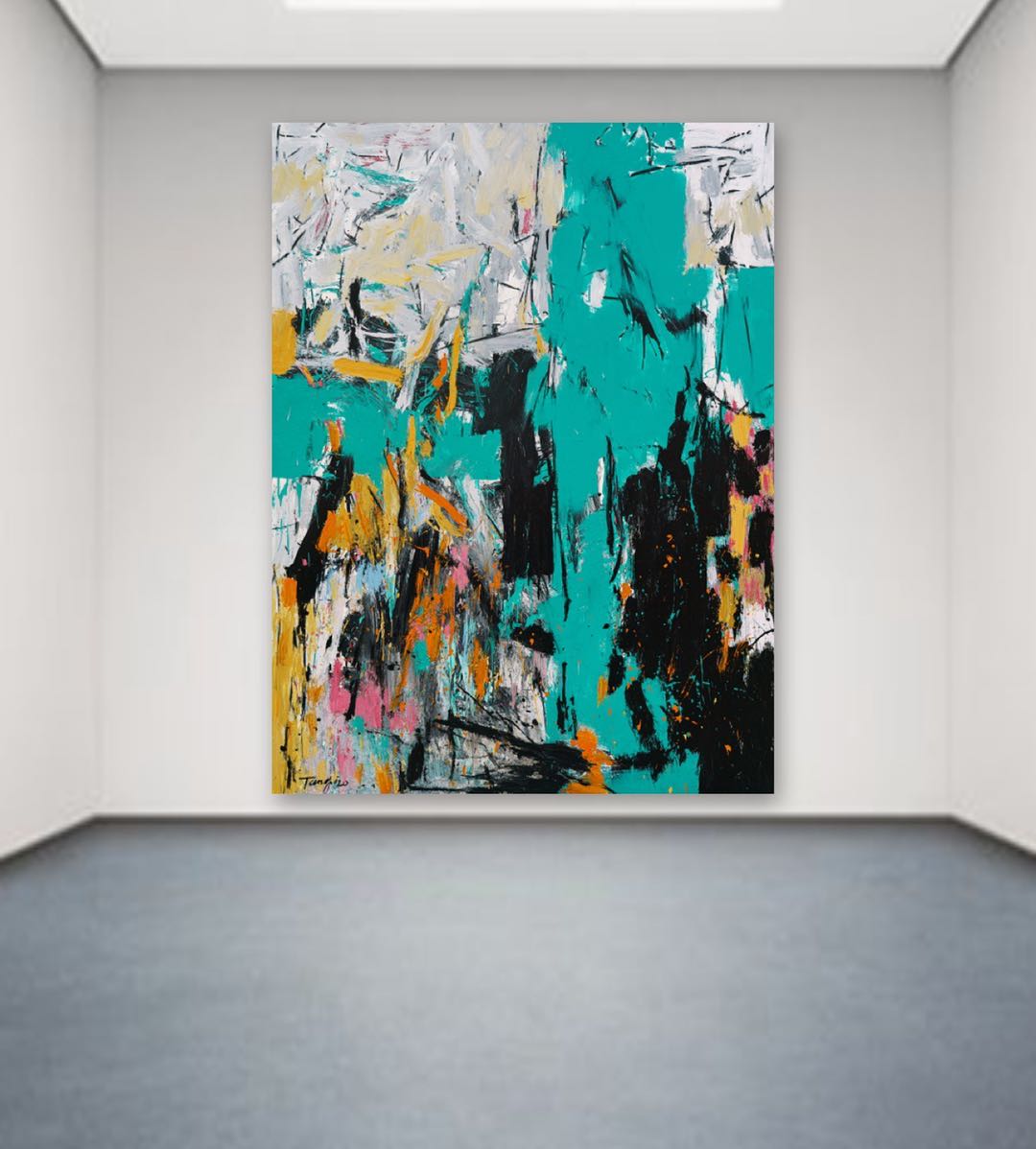 ‘Blossoming Apricot Tree IV’, Acrylic on Canvas, 320cm x 240cm, 2020
‘Blossoming Apricot Tree IV’, Acrylic on Canvas, 320cm x 240cm, 2020
‘Every collision will make you unforgettable, will let your endeavour rise again at the moment when your encouragement is about to disappear. Each time, the failures and setbacks experienced in this situation create a context of real experience that cannot be obtained by painting.’ Tang added.
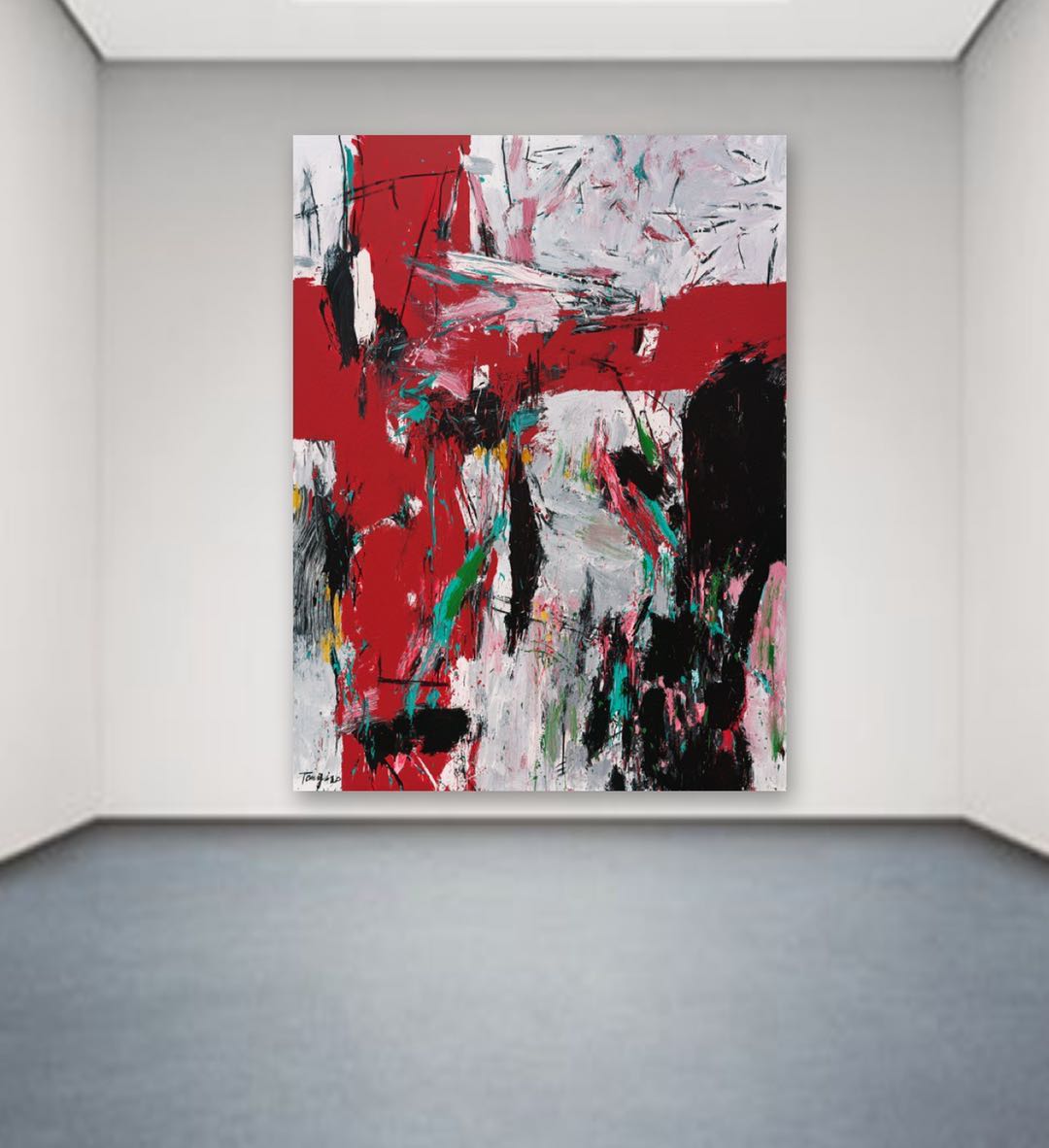 ‘Blossoming Apricot Tree V’, Acrylic on Canvas, 320cm x 240cm, 2020
‘Blossoming Apricot Tree V’, Acrylic on Canvas, 320cm x 240cm, 2020
His painting depicts the mythical relationship between self-awareness, physical space, and daily experience. He employs the language of aesthetics for an order to sway the brush on his canvas, between space and objects, to seek the colour interaction and balance between human and reality, nature and the state of the moment.
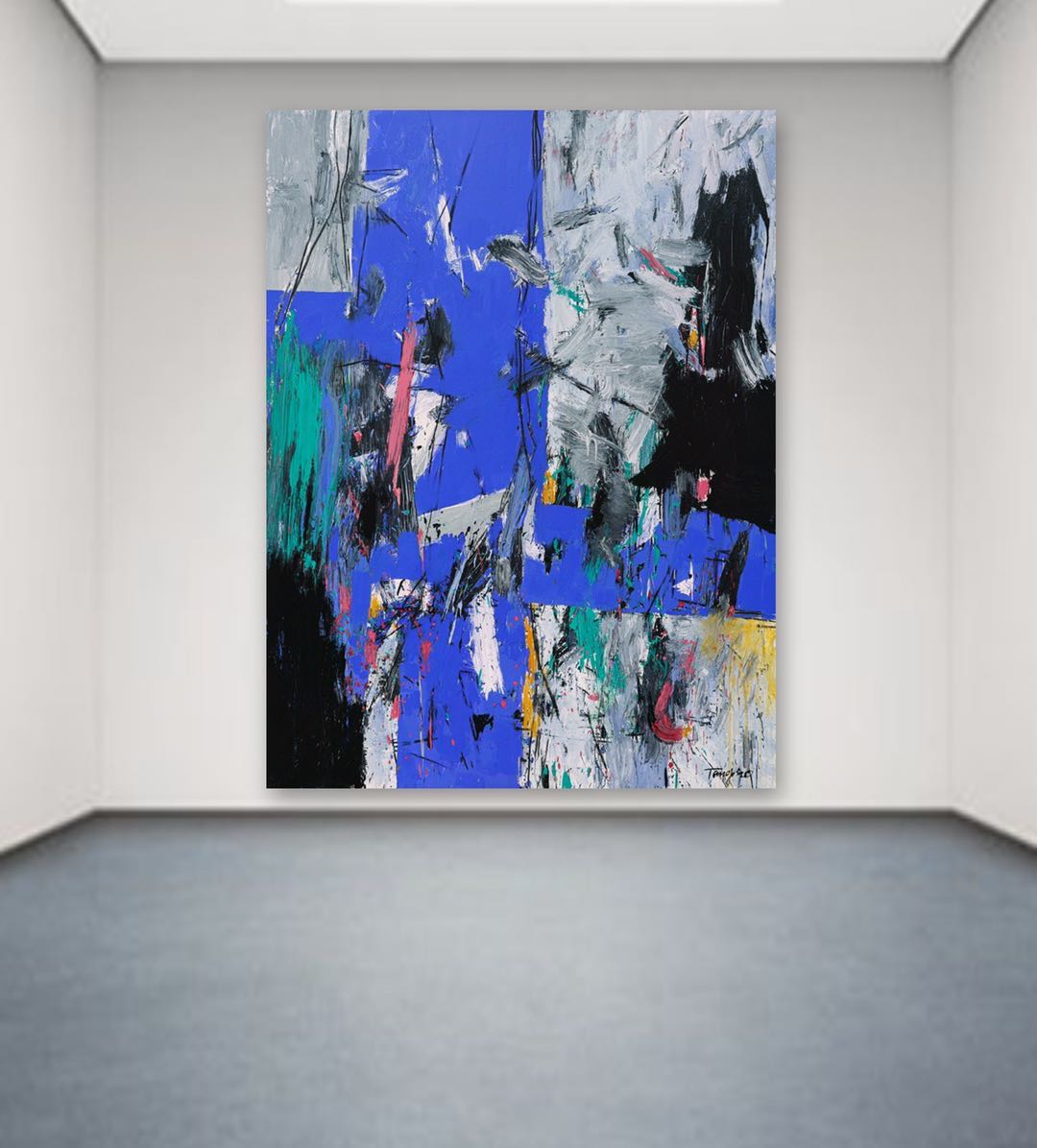 ‘Blossoming Apricot Tree VI’, Acrylic on Canvas, 320cm x 240cm, 2020
‘Blossoming Apricot Tree VI’, Acrylic on Canvas, 320cm x 240cm, 2020
It is not difficult to see that the series of new works exhibited in the show and the source of inspiration cannot be separated from the artist’s experience during the quarantine period. Through this philosophical formal language, it shows that Tang is deeply inquiring about perception, imagination, and the fundamental power of beauty.
If you are interested in Tang’s painting or for commission’s by Tang, please email aimin@artchinauk.com.
Words by By Fan DiAn (Dean of the Central Academy of Fine Art)
Recently, artist Tang Chenghua has embarked on a journey of rediscovering the traditions of his Chinese cultural roots.
For many years his main practice has been in printmaking. He has a lot of experience in printmaking, therefore, he has always focused on how to interact with the roots of Chinese tradition through printing language. He completed further study and research of Chinese paper and Chinese printing, especially the process of making Chinese paper to define his artistic concept and culture.

He went to deep in the mountains of Sichuan to learn about the technology and join in on the folk workshops of papermaking in order to create a type of paper made of silk. He has not only broken through the original paper-making technology but also, and more importantly, he discovered “Tang silk”, the artistic roots of Chinese silk paper.
His approach and concept is very interesting. He goes back to the purest starting point, and then reconnects with the silk paper in terms of texture, medium, size and performance in an emotional, conceptual and cultural way.


This time, though he dedicated himself to this traditional proposition, he is actually a contemporary artist who injects new life into the traditional culture roots. Therefore, since he completed the transformation, there are traces of printmaking in his new artworks — not prints anymore, but painting marks. His work is not simply a painting on paper; rather it brings together his own self and comprehensive environment with the whole process of creating silk paper, plus the visual work formed by working with the silk paper. His artworks have become spaces in which a lot of information is condensed.
These works will bring a new experience to his audience, and we can see that the art of Tang Chenghua is moving towards an even broader scope yet to come.

It was 40 degrees celsius while he was creating his newest works this summer, shown here. These works will exhibit next week through the end of December 2019 in London’s Belgravia at our Henley & Partners exhibition. Viewings are by appointment only. Please contact us to arrange.
Tang Chenghua:
Immersive Art Exhibiting in Printing Studio, Beijing
5th May – 18th June 2019
.
Instead of exhibiting in a tidy and fancy art museum, this time Tang Chenghua will show his working environment, staff and creation process at a screenprinting studio in Beijing.

Tang’s art is abstract, mainly the process of improvisation, which expresses the concept of unconsciousness, spontaneity and random creation, emphasised by surrealism. Interestingly, the inspiration for Tang’s screenprints originated from pop art in 1960s America, even though pop art is against abstract expressionism.

Tang screenprints contain no obvious figures; only improvisation, freedom and passion can be found in his work.

The creation and production of art is a complex spiritual activity.
First, there is the observation, experience and aesthetic understanding of the social life; second, there is the use of mediums and techniques to express this aesthetic understanding.

Tang has been exploring the relationships between abstraction and nature and colour for years. The single printmaking form can no longer satisfy his creative passion. With more than forty years of experience, he has been able to master a specific artistic language and has an understanding all kinds of mediums.



Can you see that the above works were created with three identical sketch drafts?


The two works above are also created based on the same sketch draft.
The prints are diverse and complex. Based on an original line structure, the artist paints with a new artistic language that not only enhances the artistic value of the work, but also more makes the process more productive.
 .
.
Tang Chenghua’s newest collection, a series called “The Boundaries”, is made of all large-scale, hand-painted work sketched directly from nature. Although it is catalogued as hand-painted, it’s actually more like “sweeping with besom”.
Those vast, luxurious colour blocks evoke an aesthetic shock to the viewer. In terms of visual form, we might compare these works to Zao Wou-Ki, Chu Teh-Chun and to older generation artists who have crated unique modern oriental abstract style.
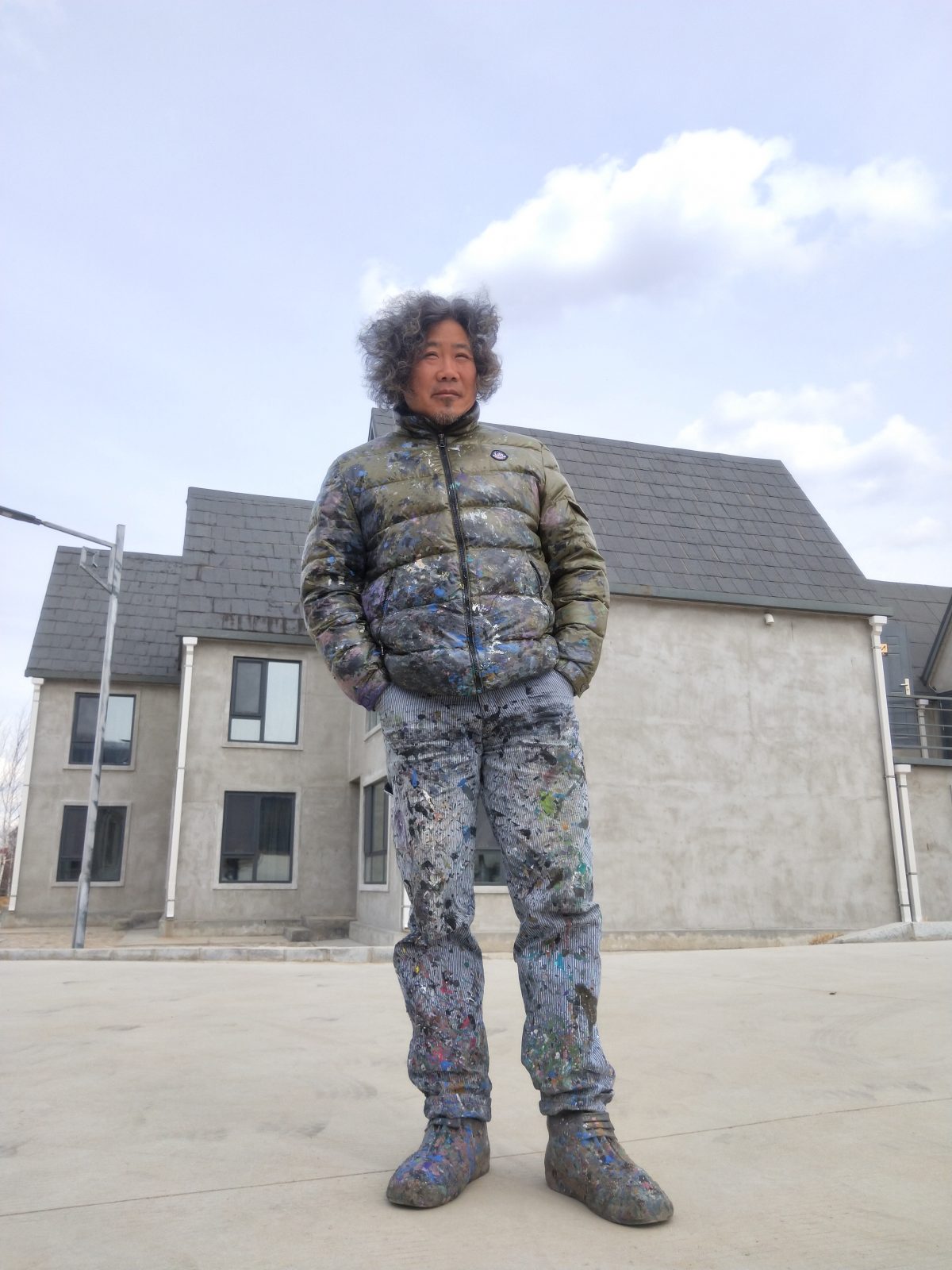
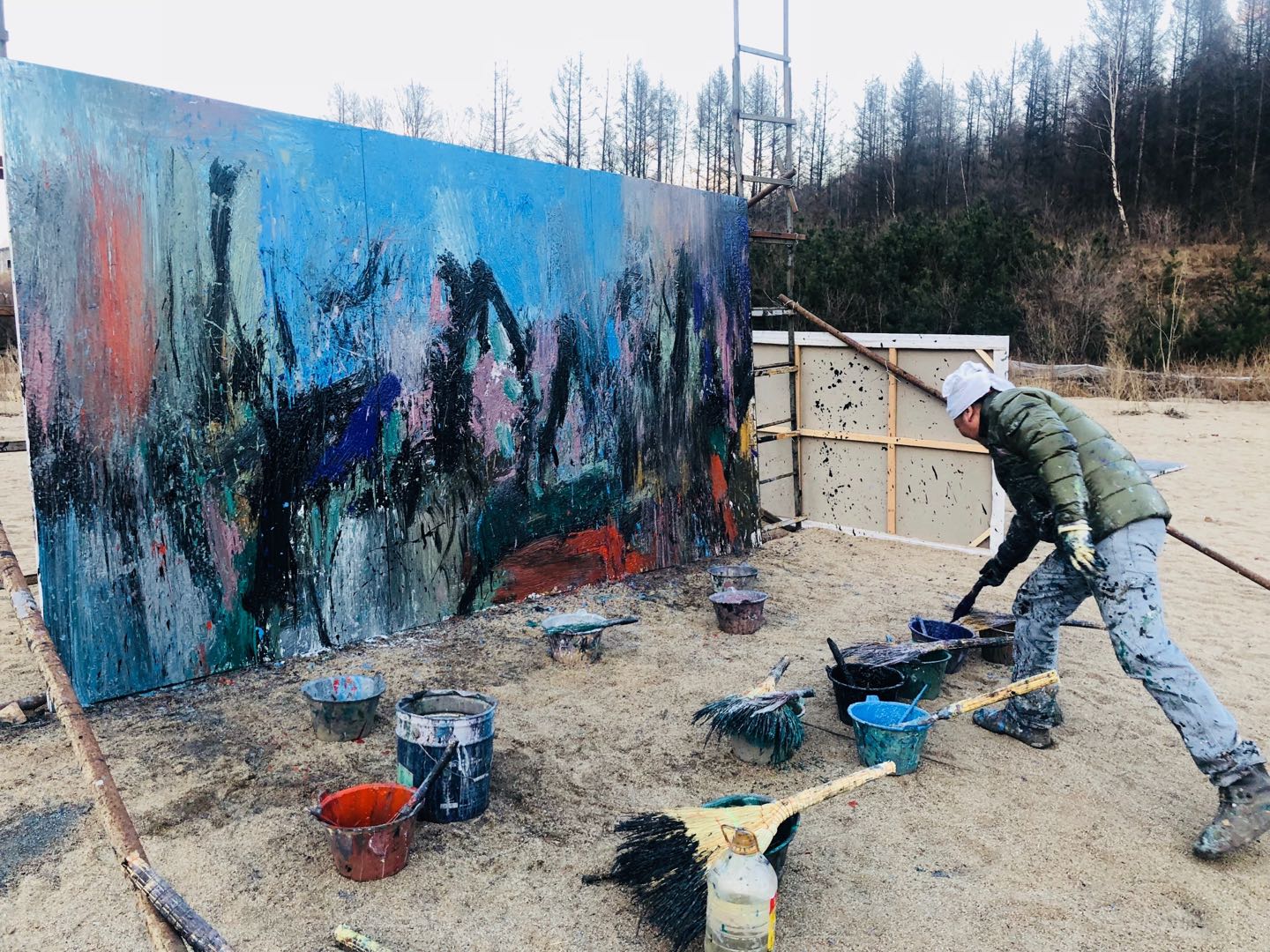

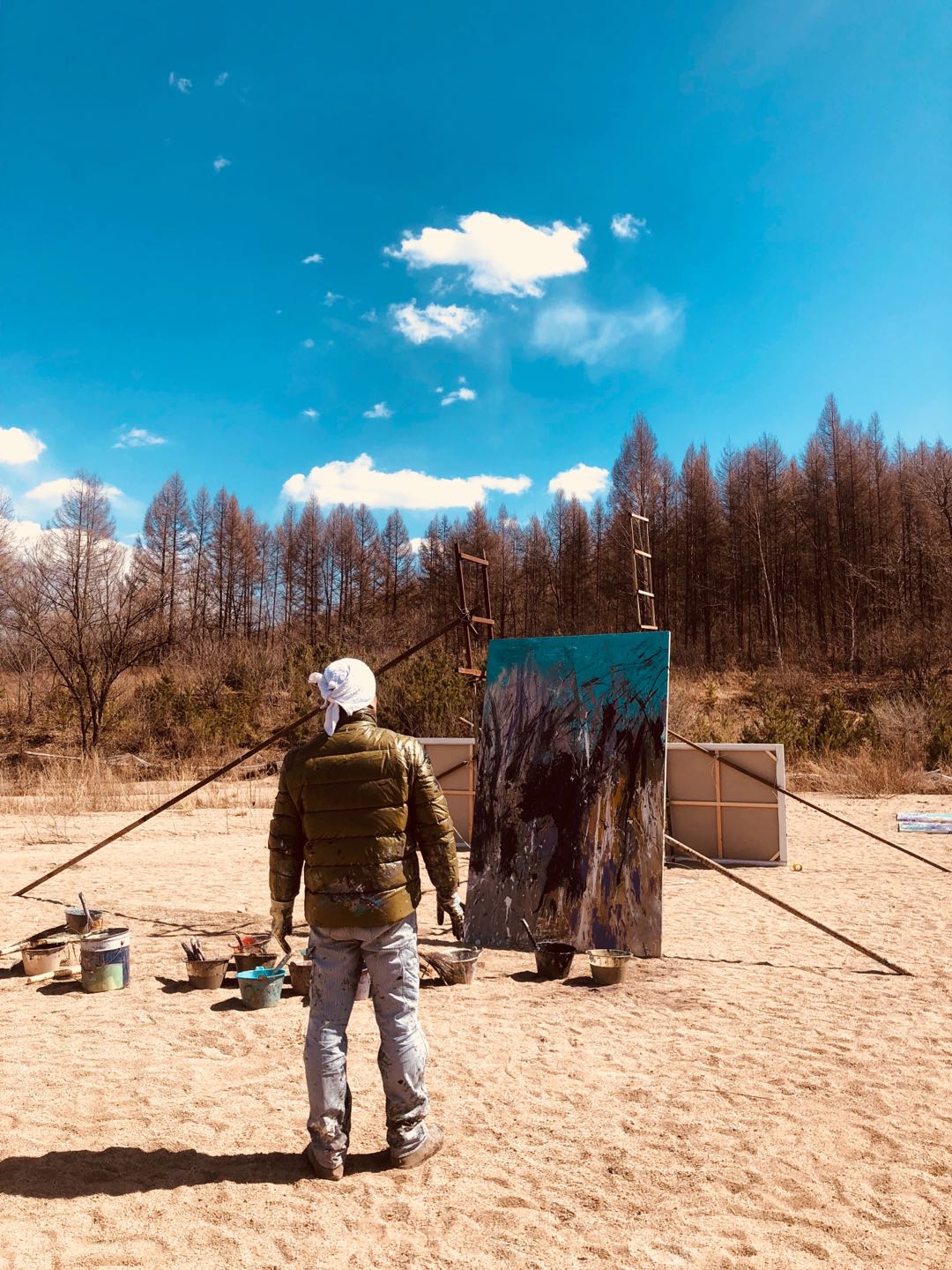
In fact, Tang Chenghua intended to put himself in the wilderness, directly facing and interacting with the natural objects he was inspired to paint, in order to follow the traditional Chinese artistic spirit and the theory of creativity which states, “the artistic spirit of an artwork comes from the state of the mind of the creator.” This is a practical boundary that can’t be easily achieved by those who can only scratch the surface of new oriental abstract art.
To fight against formalism, Tang Chenghua returned to the essence of painting, expanding his artistic boundaries. It was necessary to readjust his artistic practices and acquire new spiritual energy in order to portray a sense of the majestic and the striking effects of nature in his painting.
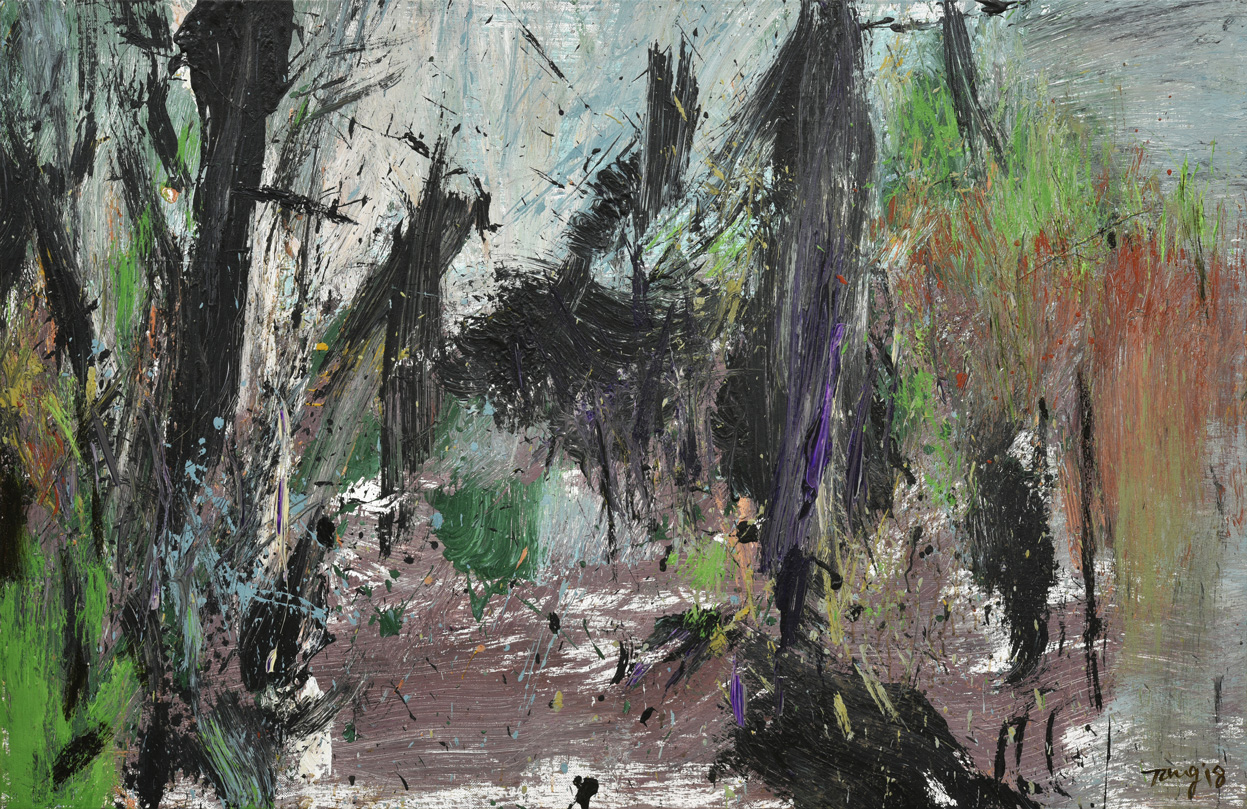
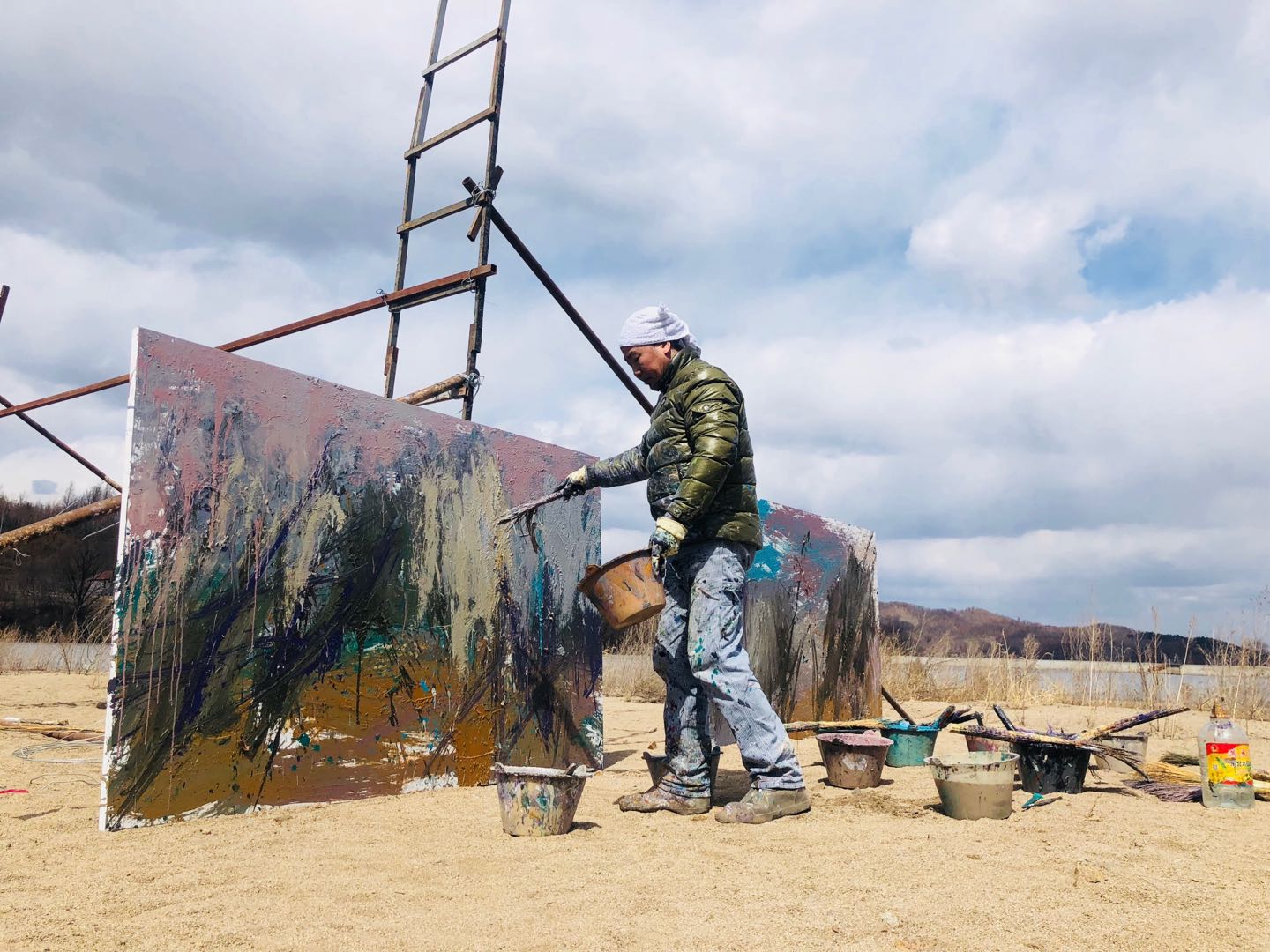
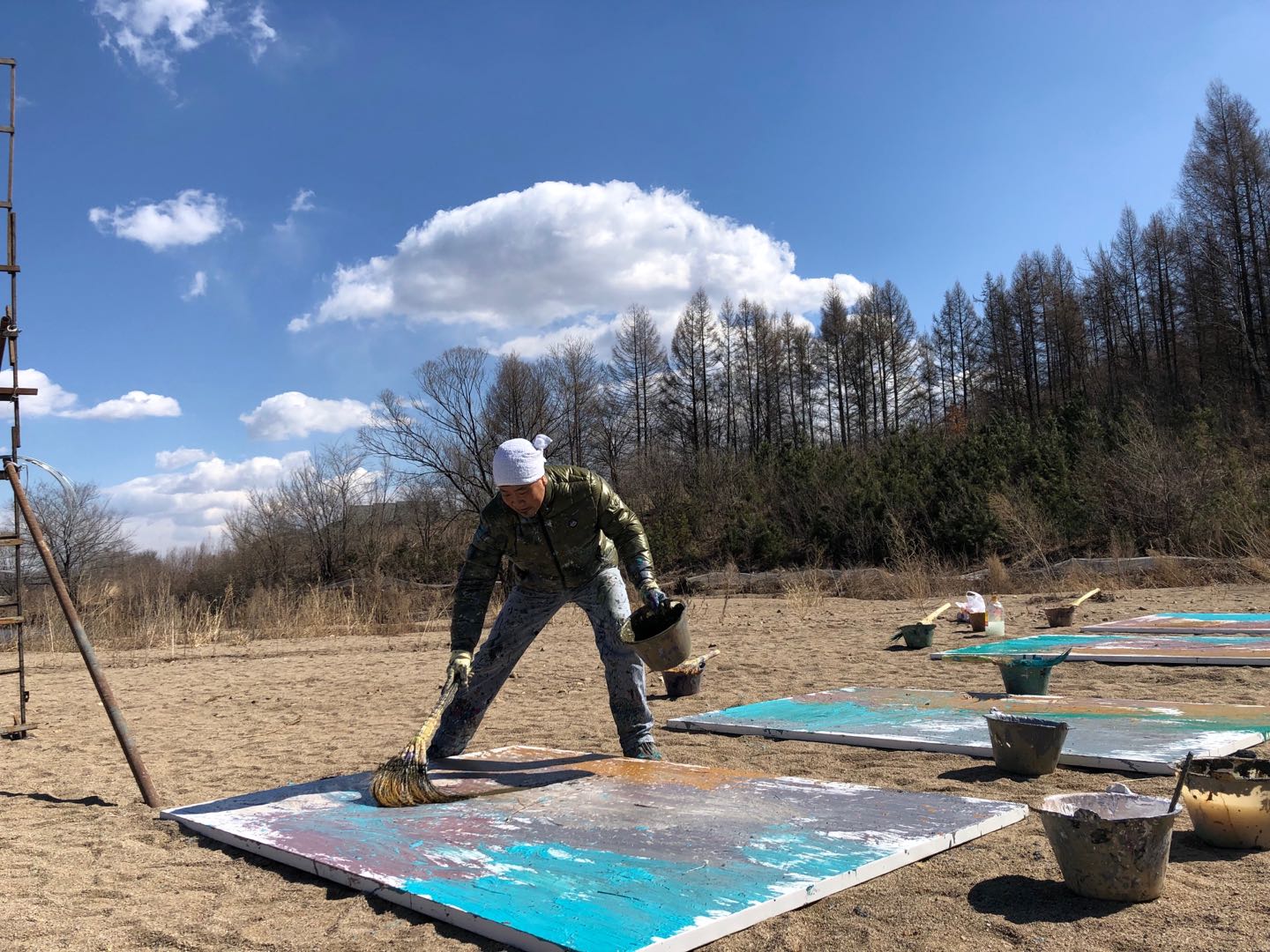
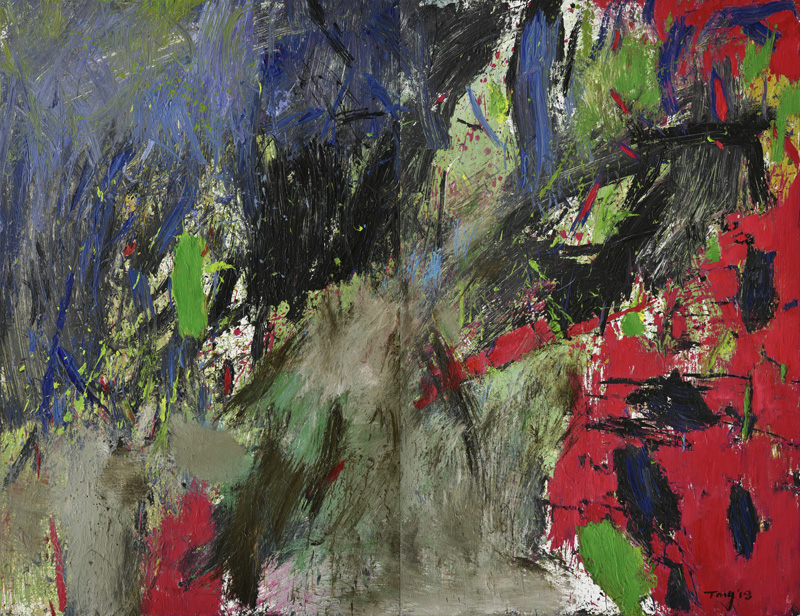
If we compare his artistic achievements in prints, installations, mixture media, etc., with these new works, they undoubtedly demonstrate the artist’s spiritual journey and the joyous adventure he has taken us on through his experiences and artistic practices.
In this way, Tang Chenghua’s new works not only continue the modern oriental aesthetic tradition of China, but also present new challenges to the self, thus reflecting a firm contemporary artist who does what it takes to pursue his strong ideals.


 ‘Blossoming Apricot Tree II’, Acrylic on Canvas, 105cm x 690cm, 2020
‘Blossoming Apricot Tree II’, Acrylic on Canvas, 105cm x 690cm, 2020 ‘Blossoming Apricot Tree III’, Acrylic on Canvas, 200cm x 750cm, 2020
‘Blossoming Apricot Tree III’, Acrylic on Canvas, 200cm x 750cm, 2020 ‘Blossoming Apricot Tree IV’, Acrylic on Canvas, 320cm x 240cm, 2020
‘Blossoming Apricot Tree IV’, Acrylic on Canvas, 320cm x 240cm, 2020 ‘Blossoming Apricot Tree V’, Acrylic on Canvas, 320cm x 240cm, 2020
‘Blossoming Apricot Tree V’, Acrylic on Canvas, 320cm x 240cm, 2020 ‘Blossoming Apricot Tree VI’, Acrylic on Canvas, 320cm x 240cm, 2020
‘Blossoming Apricot Tree VI’, Acrylic on Canvas, 320cm x 240cm, 2020





















